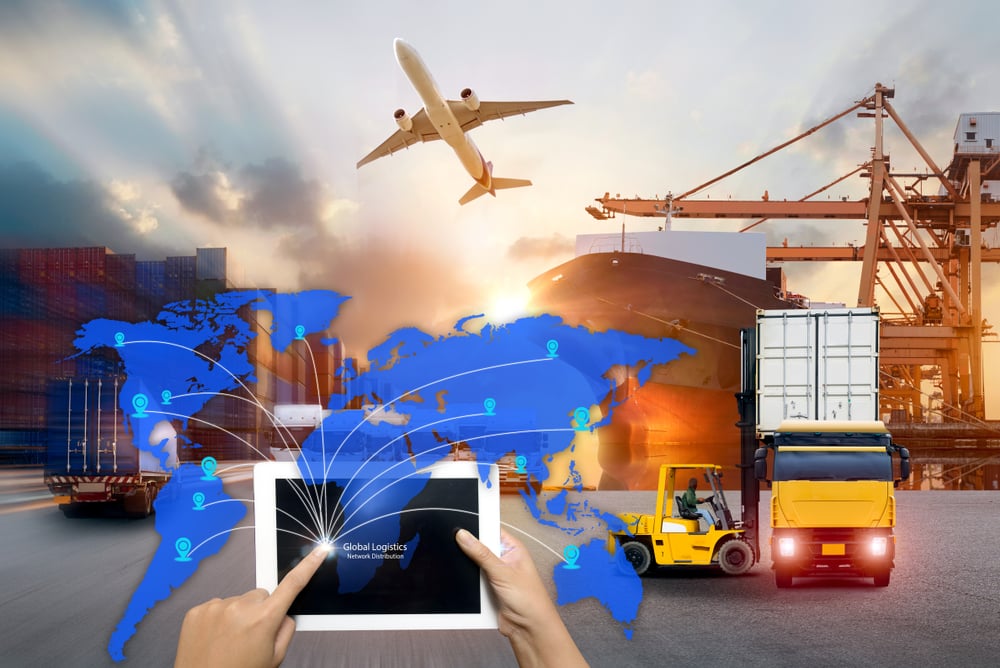Reverse logistics is one of the most difficult parts of a business for many retail companies. On the one hand, offering the ability to return items can significantly increase customer satisfaction and the chances that someone will shop with you. On the other hand, it can be a drain on your profits to constantly have to accept old inventory and try to decide what to do with it.
Fortunately there is a way to achieve happy, satisfied customers without losing a lot in profits—the right reverse logistics software can help you get there. The key is finding a way to convince your C-suite that it’s a good investment. Here is how you can show them the value.
1: Show the Business Impact
Reverse logistics is more than just accepting returns, and for many businesses it has an impact in several operational areas. If you’re trying to convince your CIO or COO that they should invest in reverse logistics software, show them how many departments are in the reverse logistics chain:
- Customer care
- Marketing
- Shipping & receiving
- Warranties & repairs
- Inventory management
- Restocking
- Warehousing
- Recycling & disposal
2: Track and Analyze KPIs Around Reverse Logistics
Another way to show the importance of a reverse logistics platform is to track certain data points around your current returns management system (if you have a system at all). Once you have the data you can clearly define the inefficiencies, which helps you make a case for a reverse logistics software program to track and manage it all. You can measure things like:
- Returned goods as a percent of total sales
- Year-over-year growth in returns or warranty claims
- Percentage of fraudulent returns
- Time from customer returninitiation until the item is properly disposed
- Percent of returned items that are resold (at original price or at a discount)
3: Discuss the True Costs of Poor Reverse Logistics
One of the most obvious costs of a poorly managed reverse logistics process is the inability to get items back on the shelf for resale quickly. The longer it takes you to get a sellable item back online or on store shelves, the more likely you will have to discount the price or will not be able to sell it. But there are other costs, including:
- Warehouse and storage space for returned items that are collected and never leave the warehouse again (for resale, recycling, etc.)
- Lost profit due to discounting items that could have been resold if the returns were done sooner
- Recycling or disposal costs
- Excess staffing to handle returns processes that could be automated
- Lack of tracking and data analysis capabilities to identify frequently returned items or common reasons for returns that you could address earlier in the supply chain to avoid the return entirely
Call for a Demo
If you still need help convincing your C-suite that it’s time to invest in reverse logistics software, call ReverseLogix to schedule and demo and let us show them all the features and benefits.

